Home>Garden Essentials>How Long Do Seeds Stay Good For
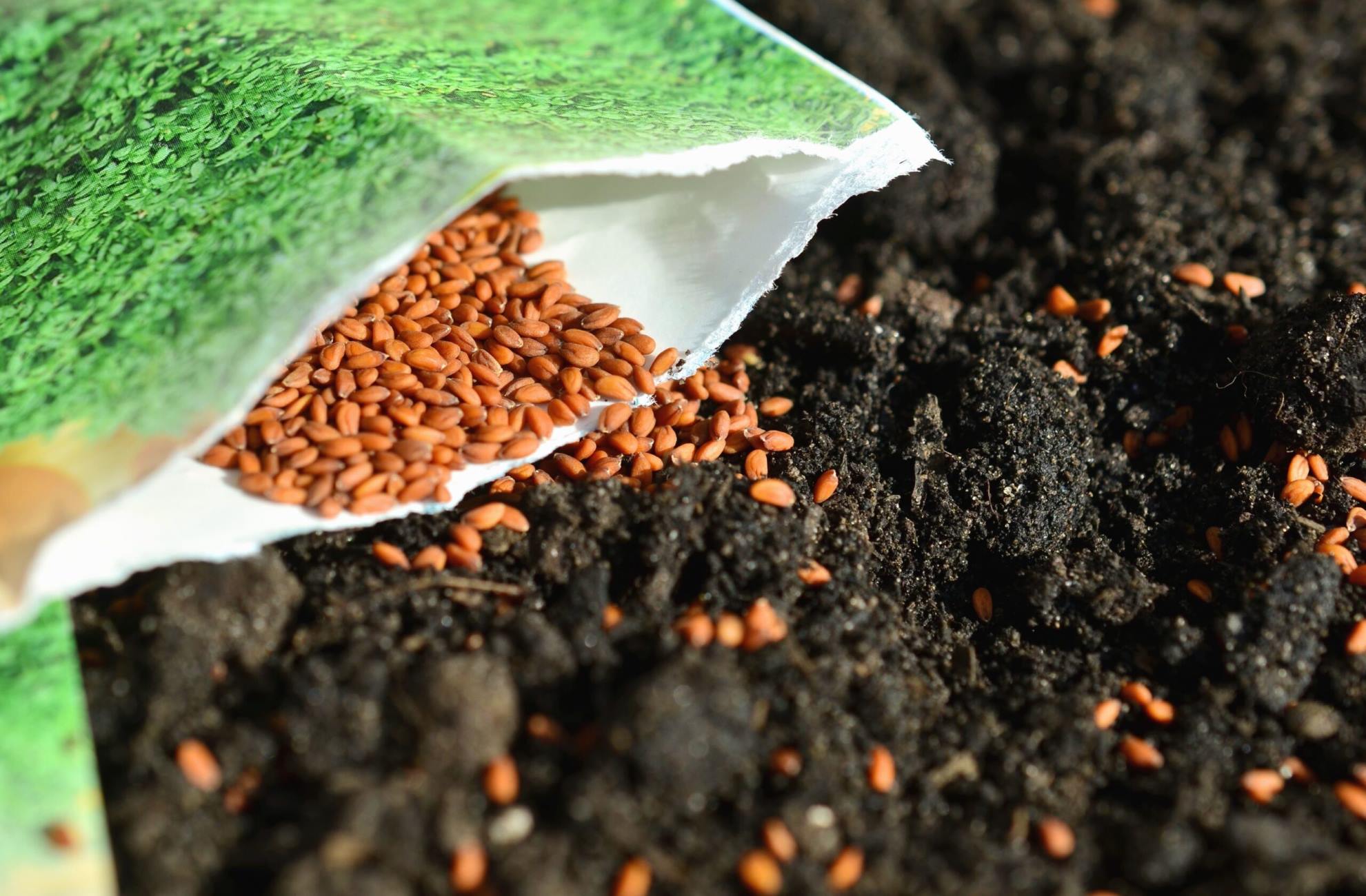

Garden Essentials
How Long Do Seeds Stay Good For
Modified: October 20, 2024
Discover how long garden seeds stay good for and ensure the success of your garden with our helpful tips and guidelines.
(Many of the links in this article redirect to a specific reviewed product. Your purchase of these products through affiliate links helps to generate commission for Storables.com, at no extra cost. Learn more)
Introduction
Welcome to the wonderful world of gardening! Whether you’re an avid green thumb or just starting to develop an interest in plants, one fundamental aspect of gardening is the use of seeds. Seeds are the tiny powerhouses that carry the potential to grow into beautiful and bountiful plants. As a gardener, it’s essential to understand how long seeds can stay viable.
Seeds have a natural expiry date, just like any other living organism. This expiration is influenced by various factors, including the type of seed, storage conditions, and other external elements. Understanding the longevity of seeds and how to store them properly is crucial for successful gardening.
This article will delve into the factors that affect seed longevity, storage conditions for seeds, common seed storage methods, testing seed viability, and recommendations for proper seed storage. By the end, you’ll have a comprehensive understanding of how to maximize the lifespan of your seeds and ensure successful germination.
So, let’s dive in and unravel the secrets of seed longevity!
Key Takeaways:
- Keep seeds in a cool, dark place to maintain their viability. Avoid moisture and excessive light exposure to ensure successful germination.
- Test seed viability regularly to weed out non-viable seeds. Proper storage and testing lead to a fruitful gardening experience.
Read more: How Long Will Grass Seed Stay Good
Factors Affecting Seed Longevity
Several factors come into play when determining the longevity of seeds. Understanding these factors will help you gauge how long seeds can remain viable and plan your gardening accordingly.
- Seed Type: Different seeds exhibit varying degrees of longevity. Some seeds, like lettuce or onion, have a relatively short lifespan and may lose viability within a year or two. On the other hand, certain seeds, such as beans or tomatoes, can remain viable for several years.
- Seed Quality: The quality of the seed is crucial for its longevity. Fresh, high-quality seeds generally have a longer viability period compared to seeds that are old or damaged. It’s important to obtain seeds from reputable sources to ensure better germination rates and longer viability.
- Humidity: Excessive humidity can significantly reduce the viability of seeds. Moisture can cause seeds to deteriorate and become susceptible to fungal growth or rot. It’s essential to store seeds in dry conditions to maintain their longevity.
- Temperature: Temperature plays a vital role in seed longevity. Extremely high temperatures can accelerate seed deterioration, while very low temperatures can cause damage to the seed’s genetic material. Ideally, seeds should be stored at a cool room temperature to maximize their viability.
- Light Exposure: Most seeds are negatively affected by prolonged exposure to light. Light can trigger premature germination or inhibit germination altogether in some cases. Therefore, it’s crucial to store seeds in opaque, airtight containers to protect them from light.
- Seed Dormancy: Some seeds have built-in mechanisms to remain dormant until optimal conditions for germination are met. This dormancy period allows seeds to stay viable for an extended period. However, it’s important to break seed dormancy before attempting to germinate them, as dormant seeds will not sprout even under suitable conditions.
By considering these factors, you can assess the potential longevity of your seeds and take appropriate measures to store them properly. It’s essential to provide the optimal conditions necessary to preserve seed viability for as long as possible.
Storage Conditions for Seeds
Proper storage conditions are crucial for maintaining the viability of seeds over an extended period. By following these guidelines, you can help ensure that your seeds stay in optimal condition for successful germination:
- Temperature: Keep seeds in a cool, dry place. Ideally, the temperature should range between 32°F (0°C) and 41°F (5°C). Avoid storing seeds in areas prone to extreme temperature fluctuations, such as garages or attics.
- Humidity: Moisture is the enemy of seed longevity. Aim for a relative humidity level of 30-40%. Avoid areas with high humidity, such as basements or bathrooms. If humidity is a concern, you can consider using desiccant packets or rice to absorb excess moisture in your seed storage containers.
- Light: As mentioned earlier, light can negatively impact seed viability. Store seeds in opaque containers to protect them from light exposure. Tightly closed seed packets or airtight storage containers work well for this purpose.
- Air Circulation: While seeds need oxygen during germination, excessive air circulation can lead to moisture loss and seed desiccation. It is best to store seeds in containers with minimal airflow to maintain appropriate moisture levels.
- Pest Control: Take precautions to prevent pests from infesting your seed storage. Use airtight containers and consider including natural pest deterrents such as dried chili peppers or cedar chips. Regularly inspect your seed storage area for signs of infestation and take immediate action if necessary.
- Labeling: Properly label your seed packets or storage containers to ensure you can easily identify and track their contents. Include essential details such as the seed variety, date of collection or purchase, and any special storage requirements. Proper labeling will help you stay organized and maintain a rotation system for using your seeds.
By providing the right conditions for your seeds, you can prolong their viability and increase the chances of successful germination. Remember to regularly check on your stored seeds to ensure they are still in good condition and discard any that show signs of deterioration.
Common Seed Storage Methods
There are several common methods for storing seeds, each with its advantages and considerations. Here are some popular seed storage methods:
- Envelope or Paper Bags: One of the simplest and cost-effective methods is storing seeds in paper envelopes or bags. Place the seeds inside the envelope or bag, label it with relevant information, and store it in a cool, dry place. Avoid using plastic bags, as they can trap moisture and reduce seed viability.
- Glass Jars or Containers: Glass jars or airtight containers provide better protection against moisture and pests. Ensure the containers are clean and dry before placing the seeds inside. Add a desiccant packet to absorb excess moisture and store the jars or containers in a cool, dark place.
- Freezer Storage: Some seeds benefit from long-term storage in the freezer. Before placing seeds in the freezer, ensure they are properly dried and sealed in moisture-proof containers. When using this method, it’s essential to allow the seeds to come to room temperature before opening the containers to prevent condensation. Only use the freezer method for seeds that have been tested and proven to have good freezer viability.
- Seed Vaults: Seed vaults are specially designed containers that provide optimal storage conditions for seeds. These vaults are airtight, moisture-free, and light-proof. They are an excellent option for long-term storage of a large seed collection. Some seed vaults even come with moisture and temperature control systems to ensure the best possible seed preservation.
- Refrigerator Storage: For short-term storage, the refrigerator can be used to prolong seed viability. Place the seeds in airtight containers or resealable bags with a desiccant packet to control moisture. Ensure the seeds are fully dry before sealing. However, it’s important to note that not all seeds benefit from refrigeration, so research the specific requirements for each seed type before refrigeration.
When choosing a seed storage method, consider the quantity and variety of seeds you have, the expected storage duration, and the available storage space. It’s also important to assess the specific requirements of each seed type, as some seeds have unique storage needs.
Remember to keep a record of the storage method used for each batch of seeds to help monitor their viability and plan for future use.
Store seeds in a cool, dry place to extend their shelf life. Some seeds can stay viable for 1-5 years, while others can last up to 10 years or more. Check the seed packet for specific information.
Testing Seed Viability
Testing seed viability is a crucial step in determining whether your seeds are still capable of germinating. It helps you assess the quality of your seeds and decide whether they are worth planting. Here are a few common methods for testing seed viability:
- Germination Test: The most common method for testing seed viability is the germination test. This involves planting a sample of seeds in a controlled environment and monitoring the percentage of seeds that successfully sprout. Follow specific instructions for each seed type regarding appropriate planting depth, temperature, and light conditions. Keep track of the number of seeds that germinate to calculate the germination rate.
- Float Test: This simple test is commonly used for large seeds such as beans or peas. Fill a bowl with water and place the seeds inside. Seeds that float to the top are likely to be hollow or have low viability. Seeds that sink to the bottom are more likely to be viable and suitable for planting.
- Seedling Vigor Test: This test determines the overall health and vigor of seedlings produced from a batch of seeds. Plant a sample of seeds and observe the growth and development of the resulting seedlings. Healthy seedlings with strong root systems and vigorous growth indicate good seed viability.
- Tetrazolium Test: The tetrazolium test is a method commonly used by professional seed laboratories. It involves treating seeds with a solution of tetrazolium chloride, which stains viable tissue red or pink. This test provides a quick and accurate assessment of seed viability without the need for germination.
- Seed Purity Test: This test is essential if you have saved seeds from open-pollinated or heirloom varieties. It helps ensure that the saved seeds have not crossed with other varieties or been contaminated with different seeds. Seed purity tests can be conducted by observing the characteristics of the resulting plants or through DNA testing for more accurate results.
By performing seed viability tests, you can weed out seeds that are no longer viable and focus on those with the best chances of successful germination. This will save you time, effort, and disappointment in your gardening endeavors.
Regularly testing seed viability, especially for stored seeds, is recommended to ensure you are working with the highest quality seeds and maximizing your gardening success.
Seeds with Longest Viability
While the viability of seeds varies depending on many factors, certain seeds have the ability to remain viable for an impressively long period. These seeds have adapted to withstand harsh conditions and retain their viability over time. Here are some seeds known for their long viability:
- Beans: Some bean varieties, such as kidney beans and black beans, have been known to remain viable for up to 5 years when stored under ideal conditions. Properly dried and stored beans can retain their germination potential for an extended period.
- Corn: Corn seeds can remain viable for 2-3 years if stored properly. However, it’s important to note that the viability of sweet corn, as opposed to field corn, tends to decrease more rapidly over time.
- Squash and Pumpkins: Squash and pumpkin seeds have the potential to remain viable for 3-5 years under good storage conditions. These seeds have a hard outer coating that helps protect them and maintain their viability.
- Lettuce: Lettuce seeds generally have a shorter viability period, but certain lettuce varieties, such as romaine lettuce, can stay viable for up to 3 years when stored properly. It’s worth noting that lettuce seeds tend to lose viability more quickly than other types of seeds.
- Tomatoes: Tomato seeds, when stored correctly, can remain viable for 4-5 years. As tomato seeds are relatively small, it’s important to exercise caution and ensure they are adequately protected during storage.
- Herbs: Many herb seeds have a good shelf life and can stay viable for several years. Examples include basil, parsley, and cilantro. Proper drying and storage can help maintain herb seed viability over an extended period.
It’s important to remember that the viability of seeds can still vary based on individual seed quality, storage conditions, and other factors. While certain seeds have the potential for long viability, it’s always a good idea to periodically test their viability before planting.
By knowing which seeds have the longest potential viability, you can prioritize their use or consider sharing them with other gardeners, ensuring that these valuable seeds continue to be cultivated and enjoyed for years to come.
Recommendations for Proper Seed Storage
Proper seed storage is crucial for maintaining seed viability and ensuring successful germination. Here are some key recommendations to help you store your seeds effectively:
- Ensure Seed Dryness: Before storing seeds, make sure they are thoroughly dry. Moisture can lead to mold growth and reduce seed viability. Allow seeds to air dry for a few days before storing them.
- Use Quality Containers: Choose appropriate containers for seed storage. Opt for airtight containers, such as glass jars or moisture-proof bags, to prevent moisture from getting in and affecting seed viability. Avoid using plastic bags, as they can trap moisture.
- Add Desiccants: Include desiccant packets or substances like silica gel or rice to absorb any excess moisture. This helps maintain the dryness of the seeds and prolong their viability.
- Store in a Cool Location: Seeds should be stored in a cool place, away from temperature fluctuations. Aim for a temperature between 32°F (0°C) and 41°F (5°C). Avoid storing seeds in areas that may become excessively warm, such as near heaters or in direct sunlight.
- Keep Seeds in the Dark: Protect seeds from light exposure by storing them in opaque containers or keeping them in a dark location. Light can inhibit seed germination and reduce viability over time.
- Organize and Label: Properly label your seed containers or packets with relevant information, such as seed variety and the date of collection or purchase. This ensures you can easily identify and keep track of your seeds, which is especially important if you have a large collection.
- Monitor and Rotate: Regularly check your stored seeds for signs of deterioration, such as mold or insect damage. Additionally, rotate your seed stocks by using older seeds first to ensure fresher seeds are being planted.
- Consider Long-Term Storage Options: If you plan on storing seeds for an extended period, explore long-term storage options like seed vaults or using controlled environment storage systems. These options provide extra protection and ideal conditions for preserving seed viability over the long term.
- Keep Records: It’s important to keep records of the seed varieties you have, their storage dates, and any notable storage considerations. This helps with organization, planning, and monitoring seed viability over time.
By following these recommendations, you can help maximize the longevity and viability of your seeds, ensuring they are ready for successful germination when you’re ready to plant.
Conclusion
Understanding the factors that affect seed longevity and implementing proper seed storage techniques are essential for every gardener. By following the recommendations outlined in this article, you can help ensure the viability of your seeds and increase the chances of successful germination.
Factors such as seed type, seed quality, humidity, temperature, light exposure, and seed dormancy all play a role in determining seed longevity. By considering these factors and providing the optimal storage conditions, you can extend the viability of your seeds and increase your gardening success.
Common seed storage methods, such as using envelopes or paper bags, glass jars, seed vaults, freezer storage, or refrigerator storage, offer different levels of protection and suitability for various seed varieties. Choosing the appropriate storage method based on your specific needs and available resources is crucial.
Regularly testing seed viability through germination tests, float tests, seedling vigor tests, or tetrazolium tests can help you assess the quality of your seeds and determine which ones are still viable for planting. Discarding seeds that have lost viability saves you time and effort in the long run.
Seeds like beans, corn, squash, tomatoes, lettuce, and herbs are known for their longer viability, but it’s essential to remember that this viability can still vary based on individual seed quality and storage conditions.
By implementing proper seed storage techniques, such as ensuring seed dryness, using quality containers, storing seeds in a cool and dark place, and regularly monitoring their condition, you can greatly increase the chances of successful germination when the time comes to plant.
Remember, successful gardening starts with viable seeds, and by taking the necessary steps to understand and preserve seed viability, you are setting yourself up for a fruitful and enjoyable gardening experience.
Frequently Asked Questions about How Long Do Seeds Stay Good For
Was this page helpful?
At Storables.com, we guarantee accurate and reliable information. Our content, validated by Expert Board Contributors, is crafted following stringent Editorial Policies. We're committed to providing you with well-researched, expert-backed insights for all your informational needs.
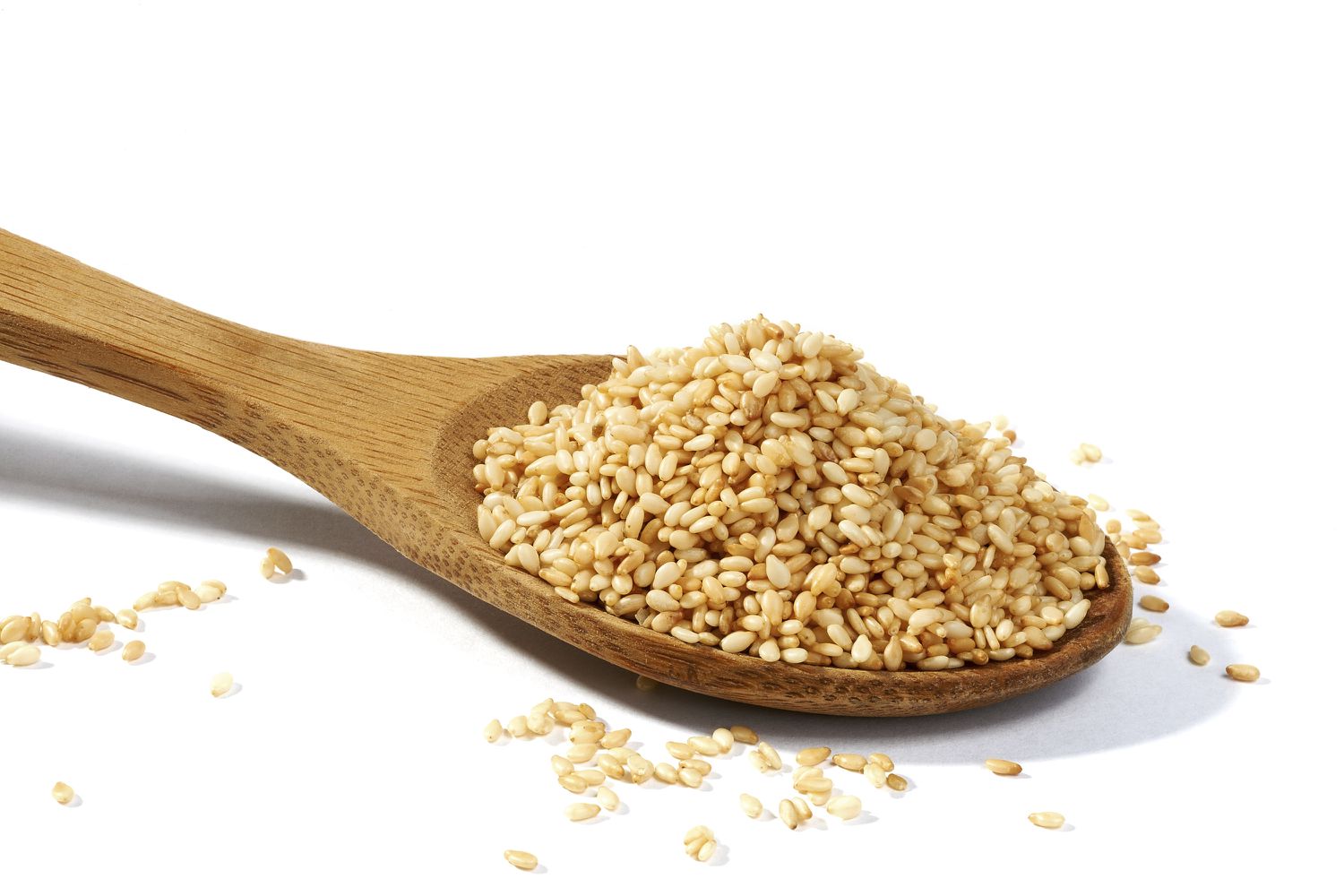
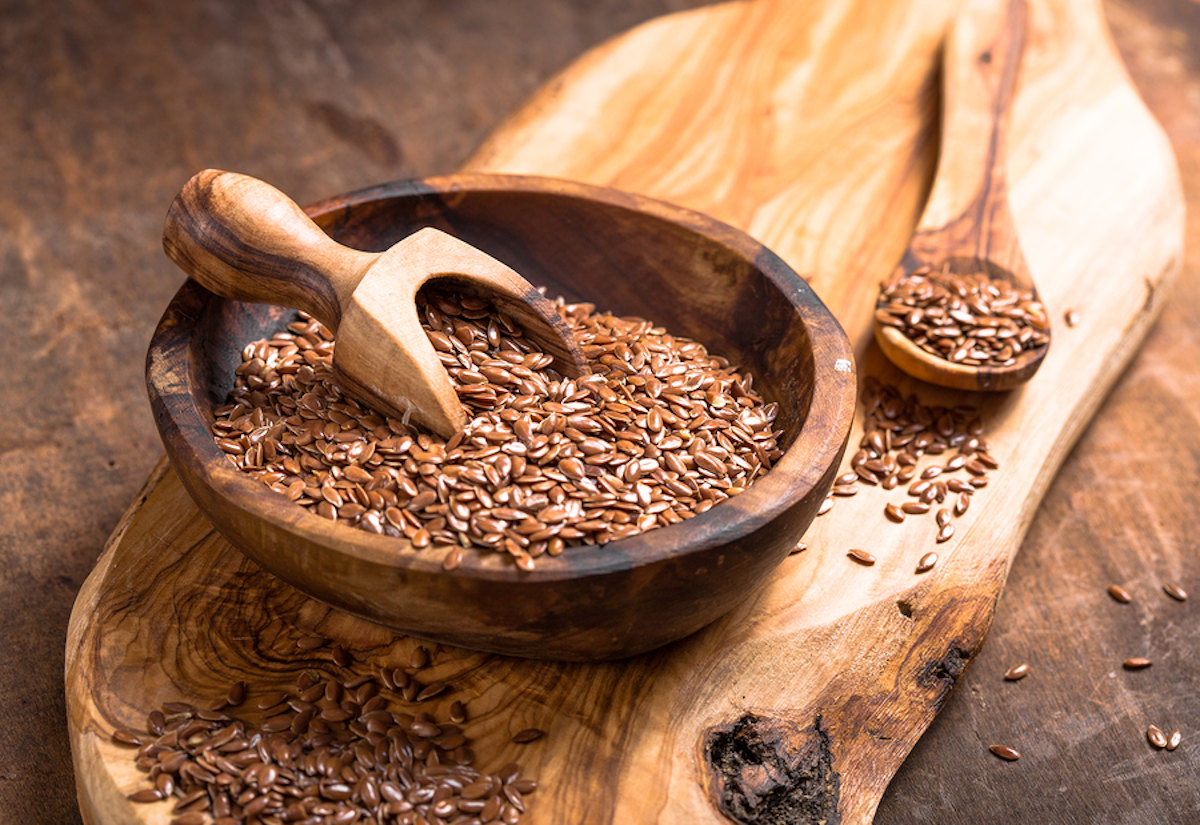
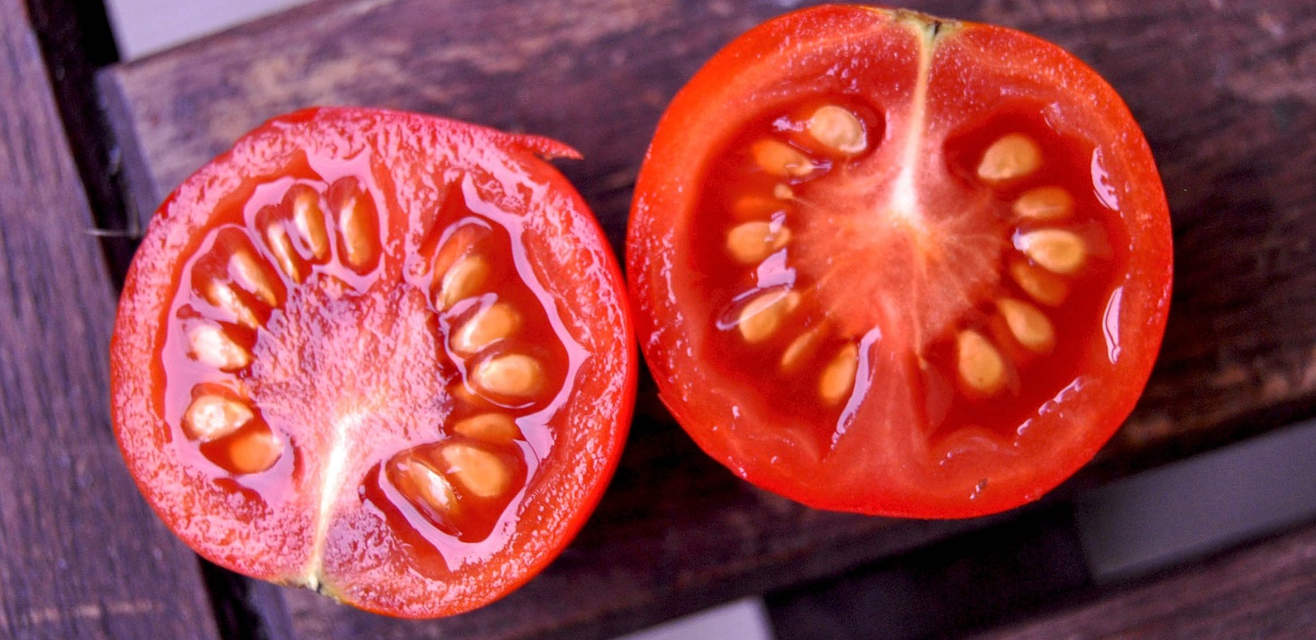
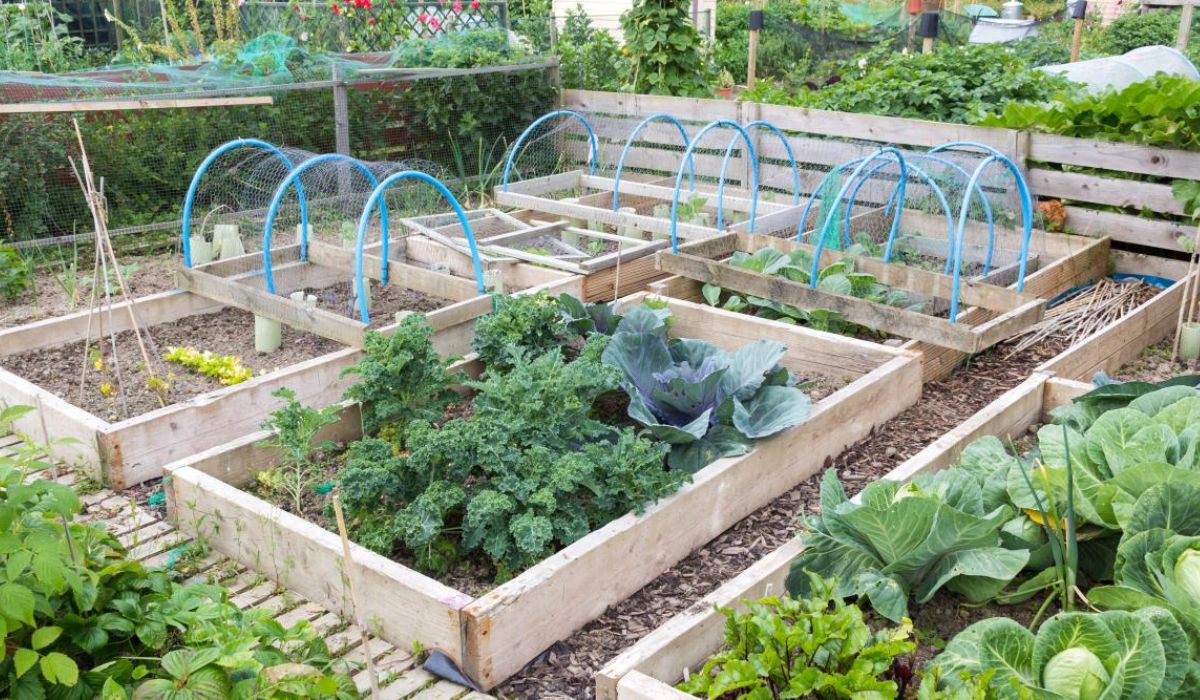
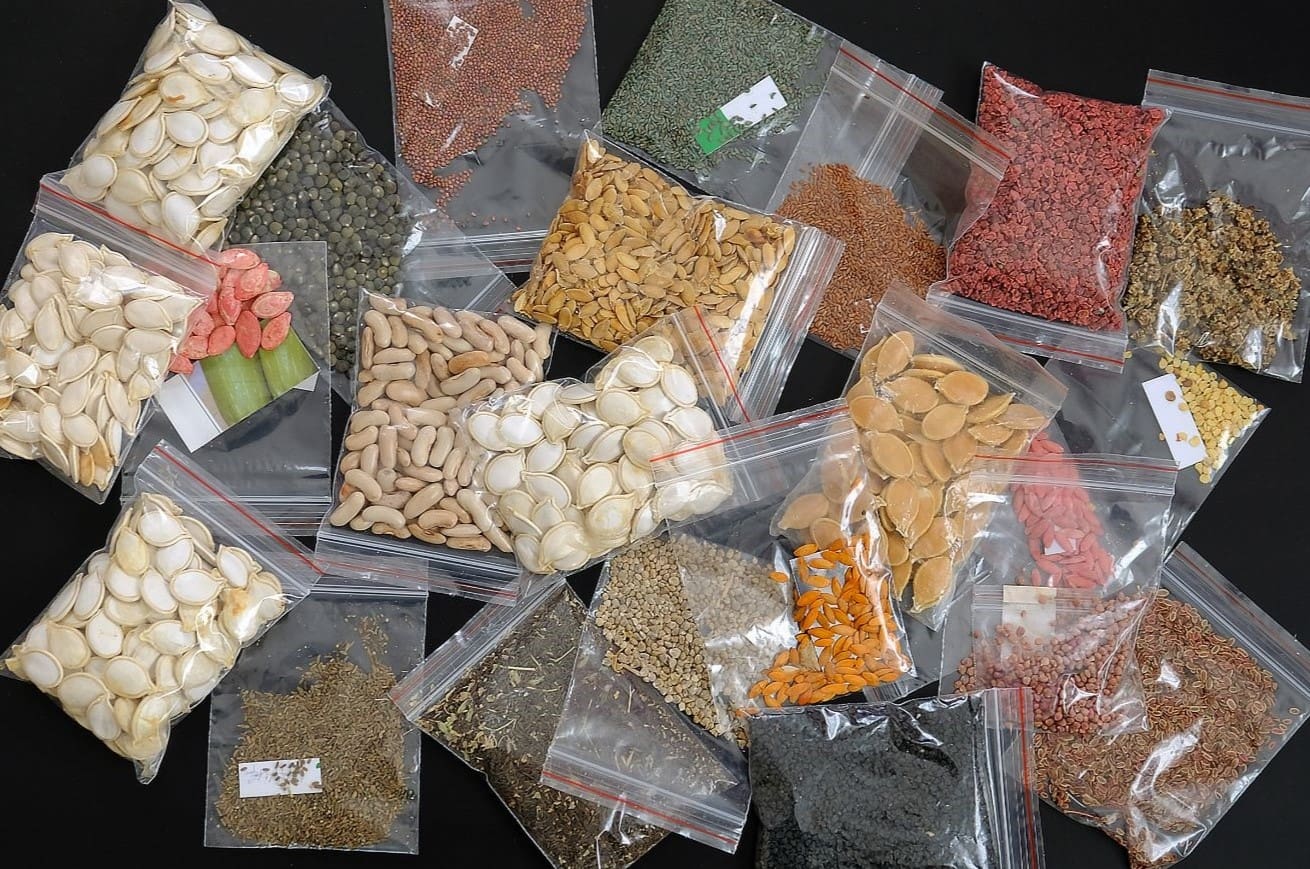
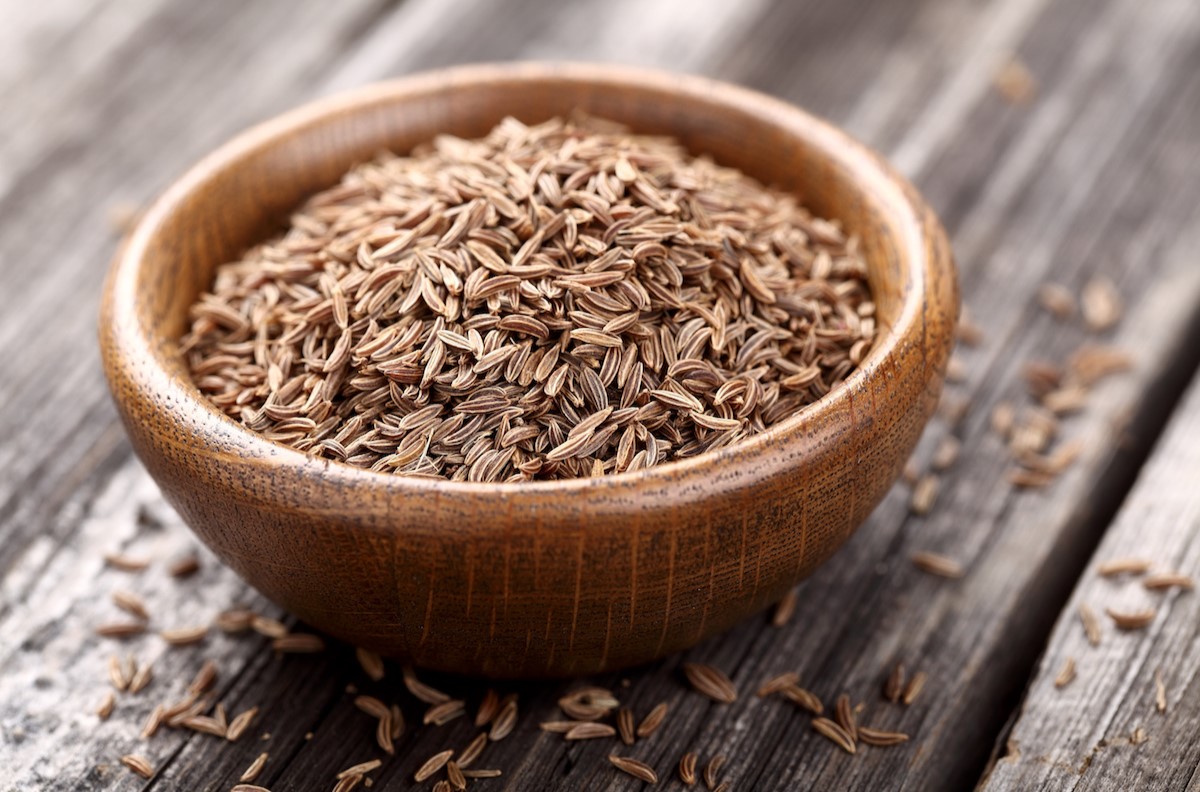
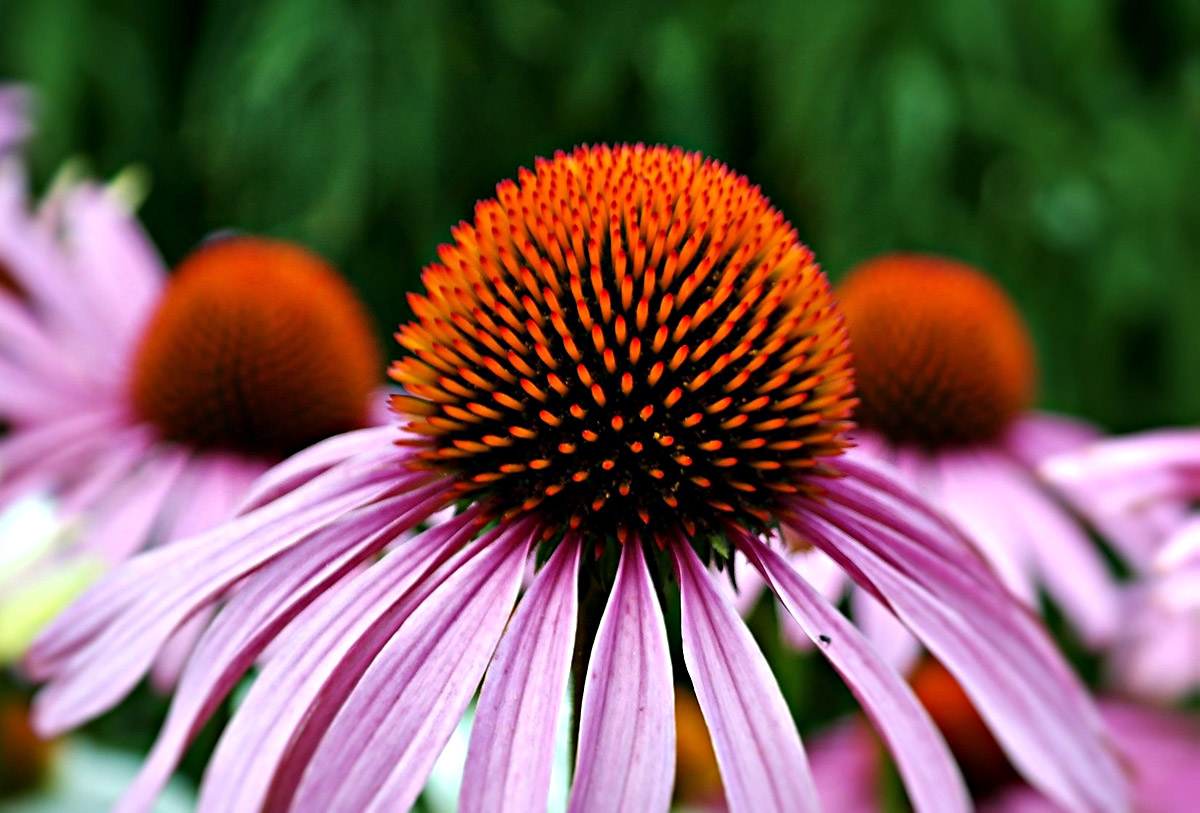
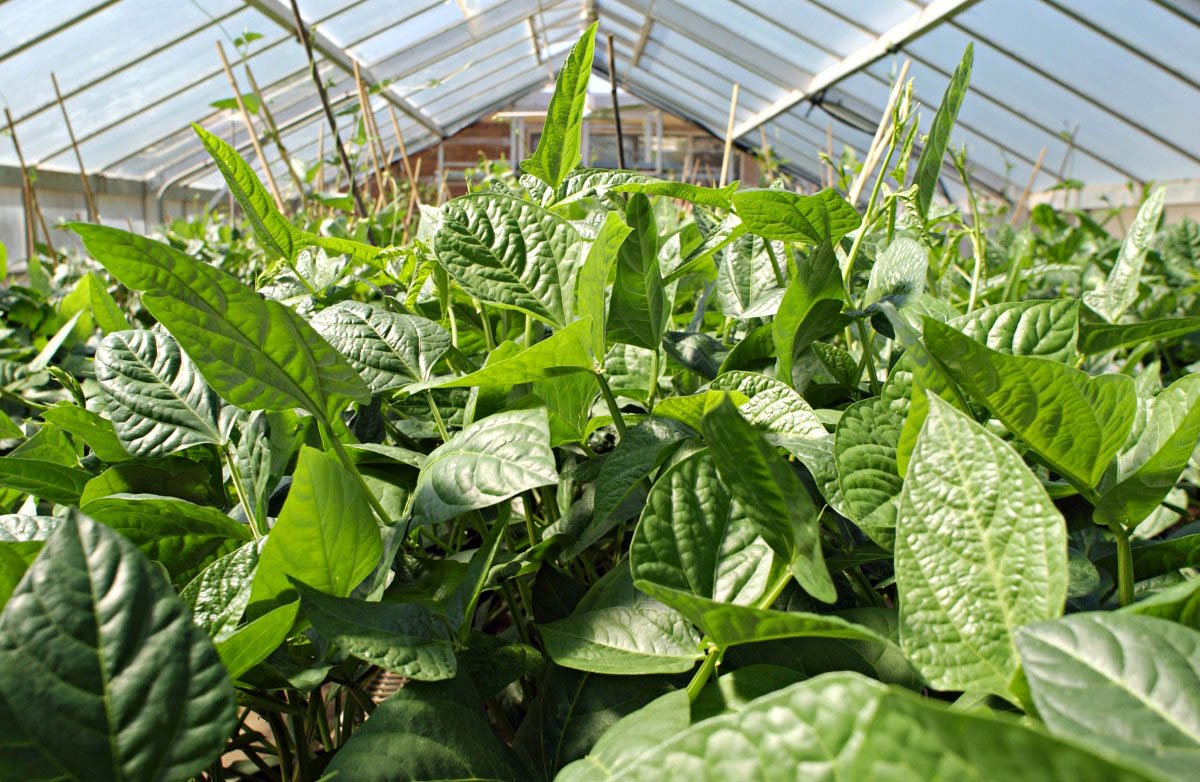
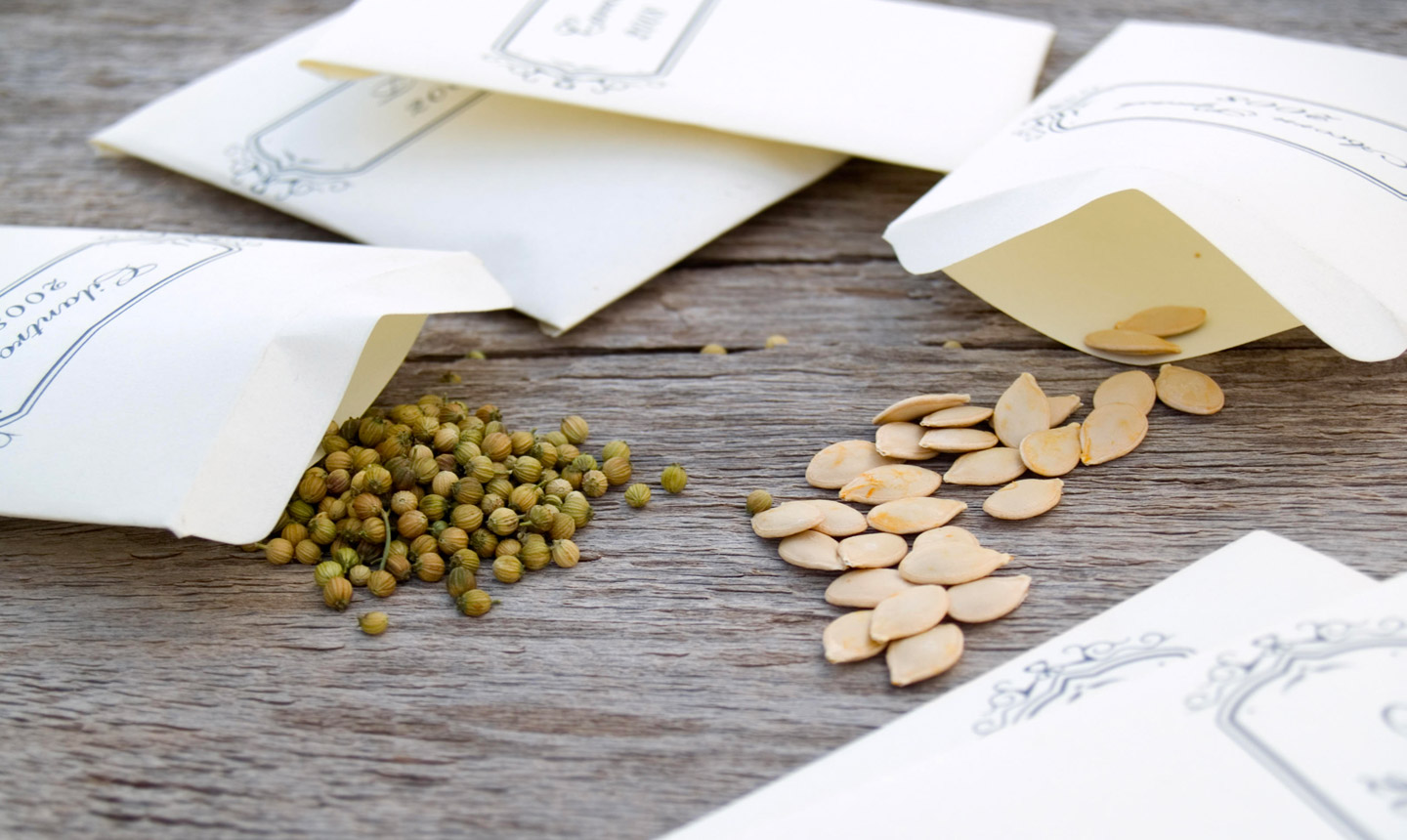
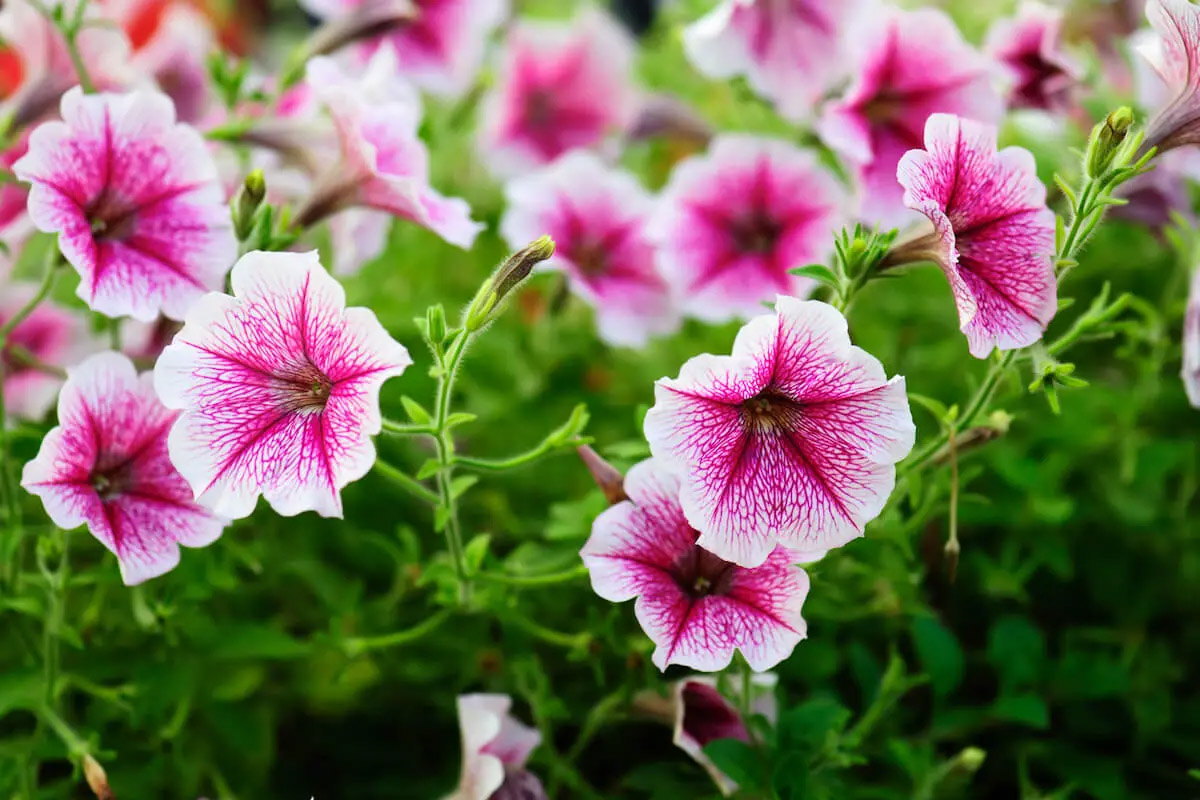
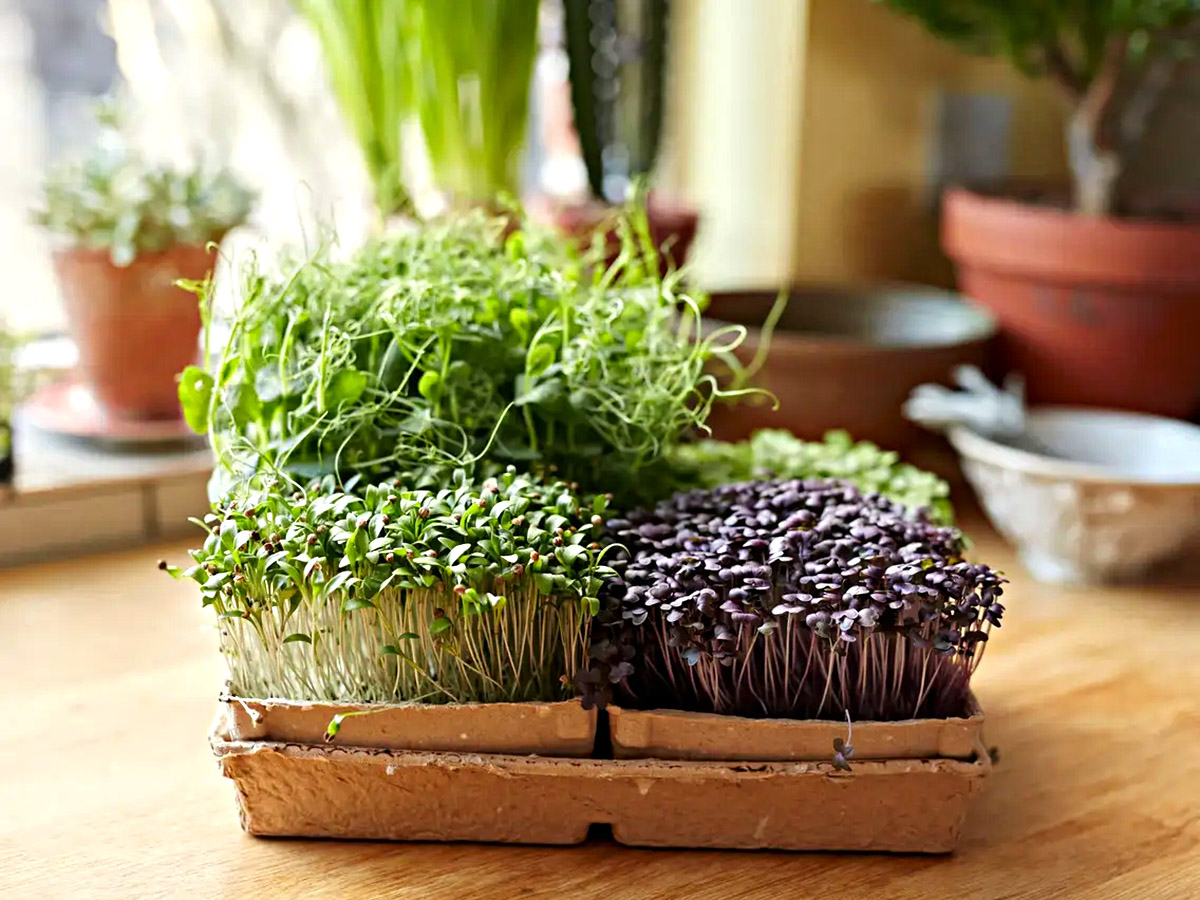
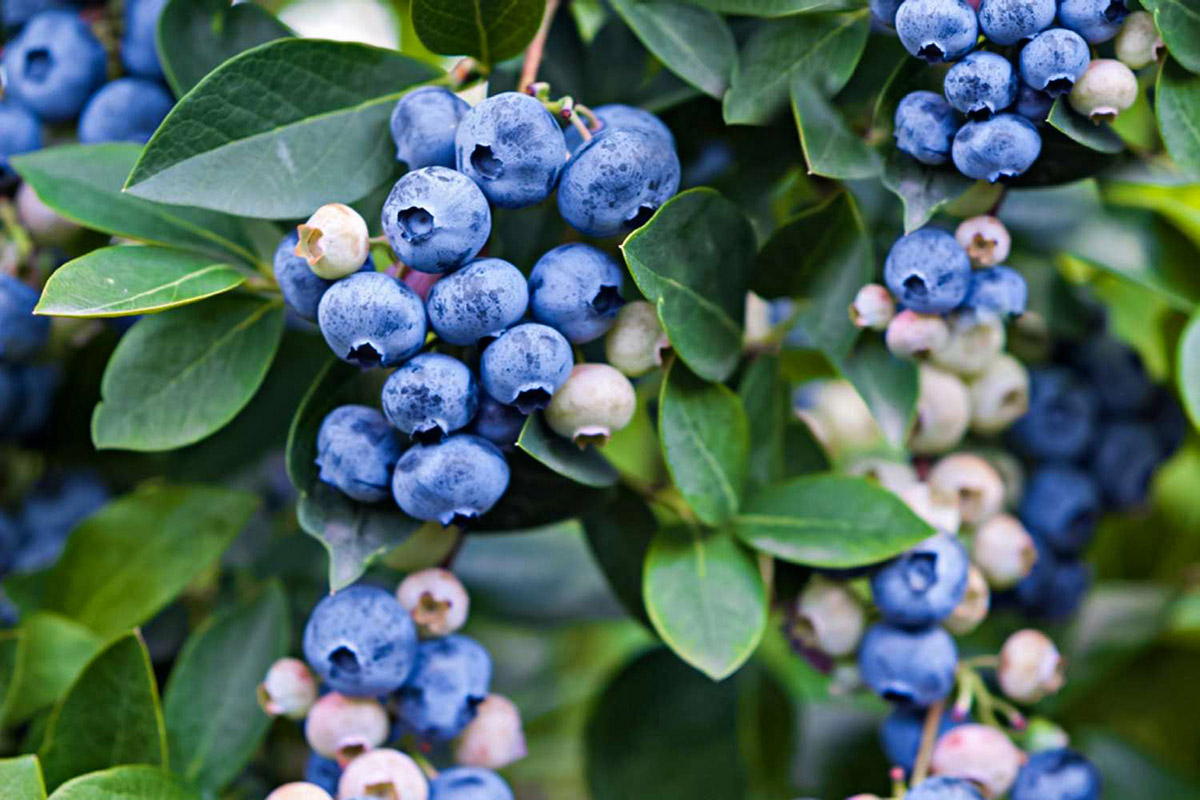
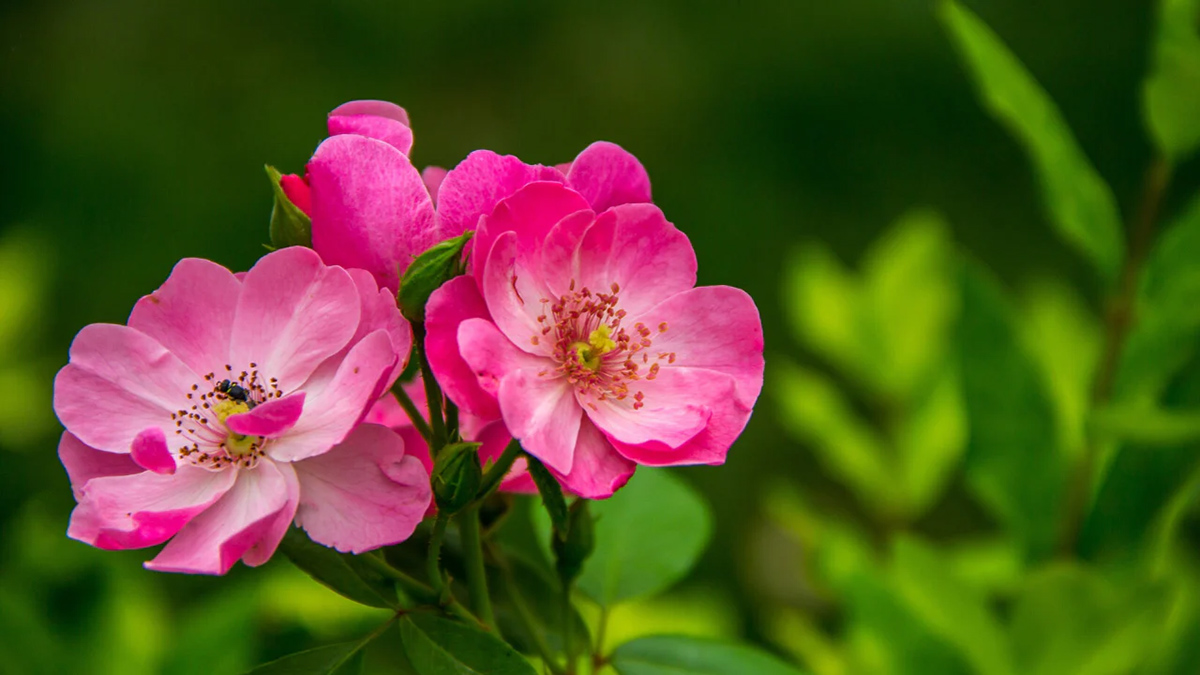
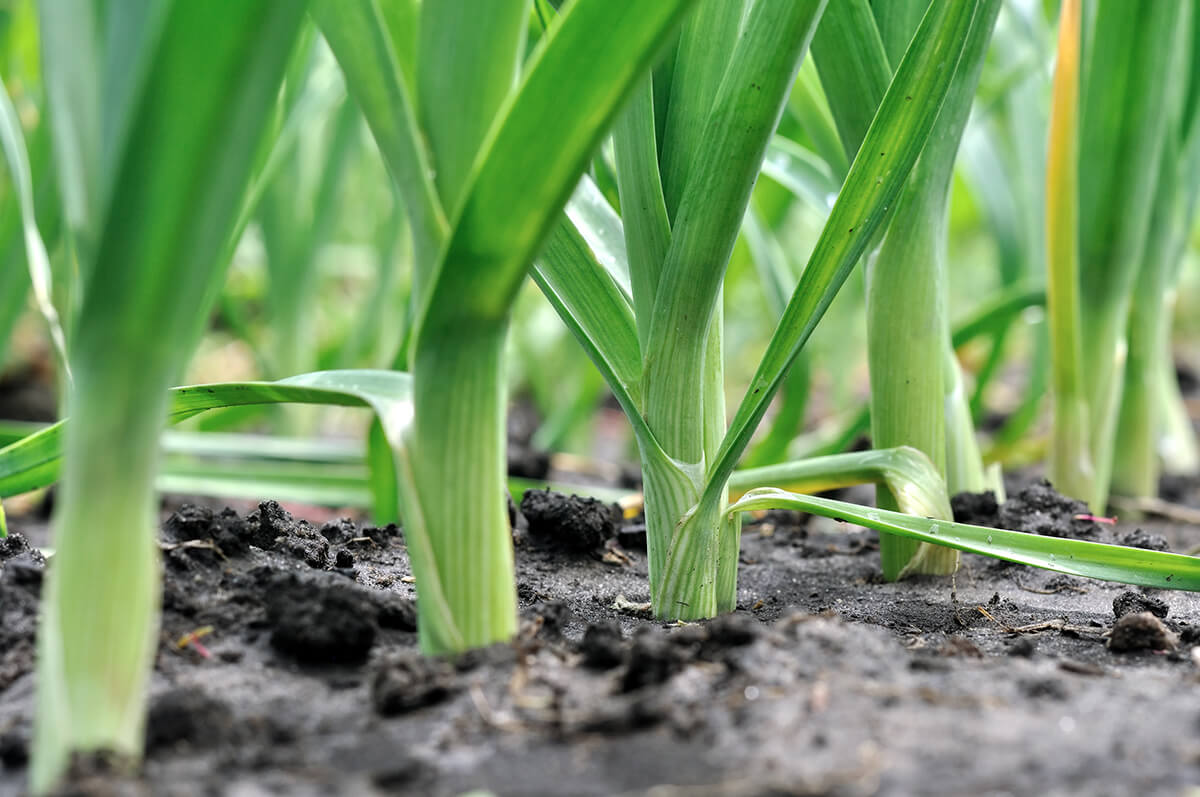

0 thoughts on “How Long Do Seeds Stay Good For”